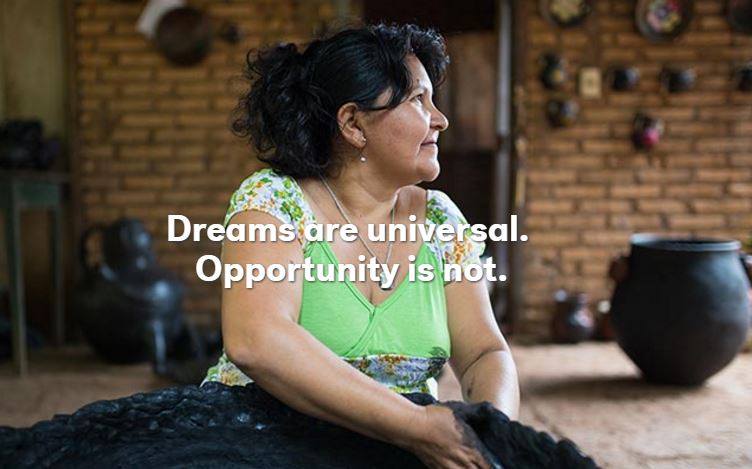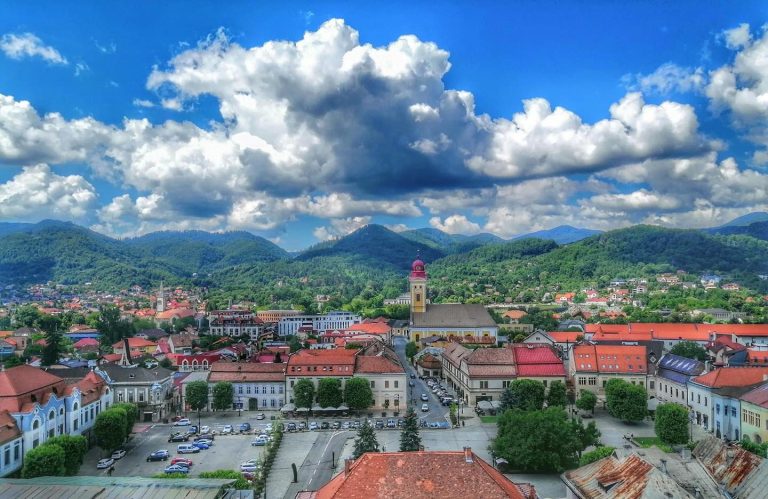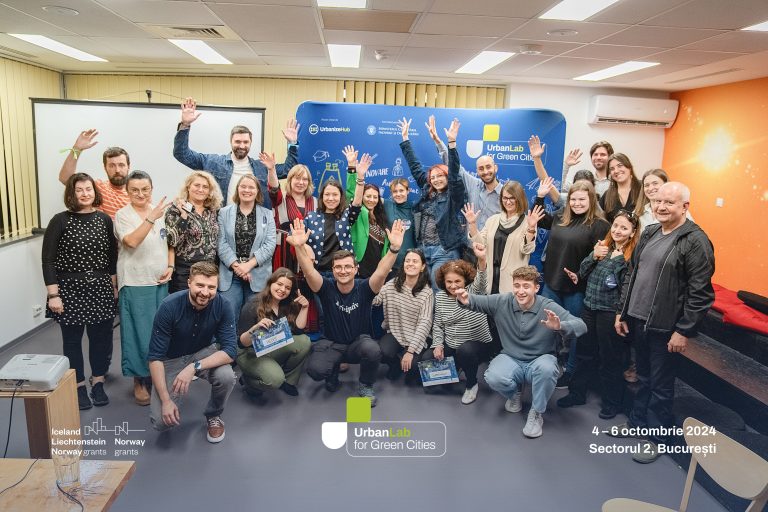Most people are familiar with traditional forms of giving and philanthropy. On a small level this might look like volunteering work hours and donating a percentage of your income to a charity or nonprofit of your choice. On a larger scale we see philanthropy take shape through foundations and corporate giving. They are models that work in some capacity, but are they creating systems change or allowing for community input?
It is important to create a society where all voices have the opportunity to sit at the decision-making table. Sensing the need to put more power in the hands of the community, seeds have been planted through alternative models of philanthropy.
With an increased presence of social enterprises, many individuals and organizations are taking the time to step back and examine our existing nonprofit financial models. What has been working so far, and how do we apply traditional capital models to improve our communities?
Providing capital support and resources to the social sector in new ways creates more room for improvement.
Reshaping philantropy
Kiva is providing support to a global network of entrepreneurs through micro loans that are provided by anyone interested in lending. This is an opportunity to provide direct support to entrepreneurs you believe in.
These are entrepreneurs who need a small amount of seed money to get their ventures going. “We envision a world where all people hold the power to create opportunity for themselves and others.”
Because this is a loan, those who lend are expected to get their money back once the venture is profitable. New models are quick to draw criticism by those who are used to traditional financing models, but we see success in this strategy by looking at the numbers.
Since Kiva started in 2005 there have been 2.3 million borrowers from 82 countries paired with 1.6 million lenders giving $941.5 million with a 97.1% repayment rate.
The choice is in the hands of the lender and there is a large incentive for the entrepreneur to make it work. By lifting up the abilities of one individual, Kiva is lifting many providing the opportunity for the entrepreneur to grow their assets and provide opportunity for others. It is a positive ripple effect that takes shapes, building a future for families and the overall community.
People’s Liberty is investing in community by providing direct investment in the citizens of Cincinnati, Ohio. As a foundation backed nonprofit, the organization is reworking what philanthropy can look like through self-admitted trial and error.
Instead of directing funds into existing nonprofits and businesses, People’s Liberty is providing financial support and resources to individuals with a great idea. This takes form in four ways; full-time fellowships, part-time projects, a rotating gallery space and a professional residency program.
With each element, those working with the organization are encouraged to think-big and make it happen. It is a five-year experiment, so we won’t talk about sustainability, but we can talk about the benefits of allowing a community to experiment.
It is similar to the way we approach science. We do not develop a cure for disease without a series of trial and error to find what works best. This is an opportunity to try without fear of failure, the largest setback many face when trying to implement new ideas.
Pay for Success models of financing and social impact bonds provide private donors with an opportunity to support the social sector while removing the financial risk from the government. Third party intermediaries are utilizing these strategies to facilitate social impact.
These models get private money to back a nonprofit that has determined a measurable impact that defines success. If the targets are met, the government then pays back the initial investment with interest.
This means the government is investing in program they know works, nonprofits are clarifying measures of impact which has the potential to improve organizational process, and the private investors are getting a return on their investment.
Governments are susceptible to risk, and by removing that barrier, we open up more opportunities for investment in programs that have proven success.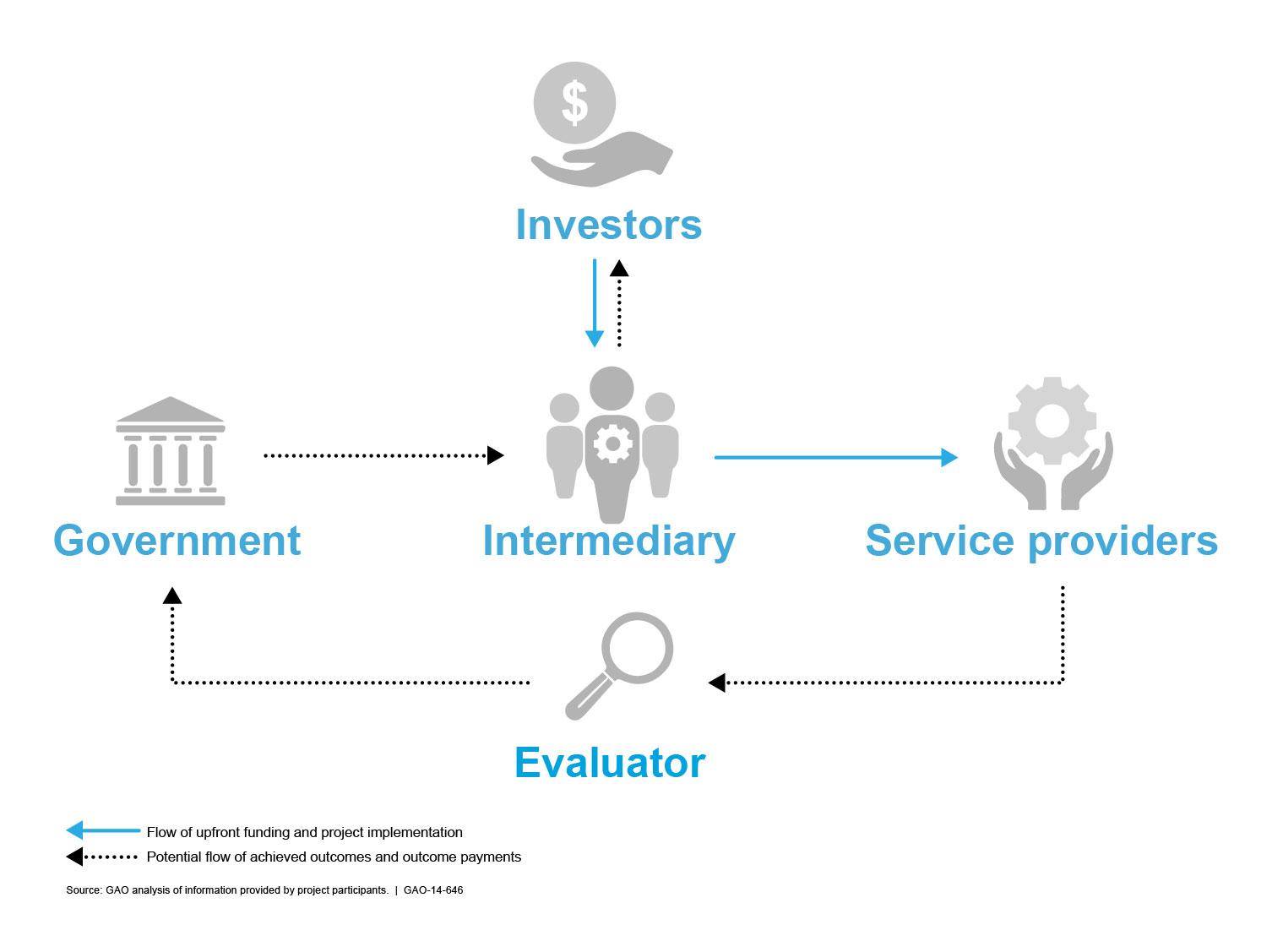
Because most of these strategies are relatively new, there is plenty of risk and failure that we might see. This is the obvious criticism, but we remove our ability to improve as we increase our fear of change.
As we move forward to create the society and communities we want to see for ourselves, we have to be willing to embrace change. Human capital is our most valuable asset and and these models have the ability to leverage the potential of individuals within a community that might not have access to resources otherwise.
By implying innovative thinking to existing philanthropic networks, we are developing alternative philanthropic strategies as strong resources to utilize as we grow.
We all have the ability to make change in our own way, and there is a lot of work to do. It is all worth it to create communities that reflect our intentions as a society.
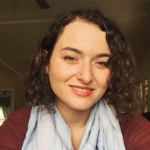
Rachel Miller is an Urban Planning professional and MBA, focused on community resilience. Rachel has been dedicated to developing community resilience by approaching urban development through systems change and capacity building programs. Some of these programs include the implementation of a Farm to Restaurant Program through a Local Business Alliance in Santa Fe, New Mexico; and early involvement with People’s Liberty, a grant making non-profit in Cincinnati, Ohio, aimed at direct investment in motivated community members. Although she is a new resident to Oakland, CA, Rachel is already deeply inspired by the abundance of progressive movements engrained in the history and culture of the area. She is currently active in organizations and programs that provide her with opportunities to strengthen her leadership skills to best serve her community.
Photo: silicon.nyc; kiva.org

